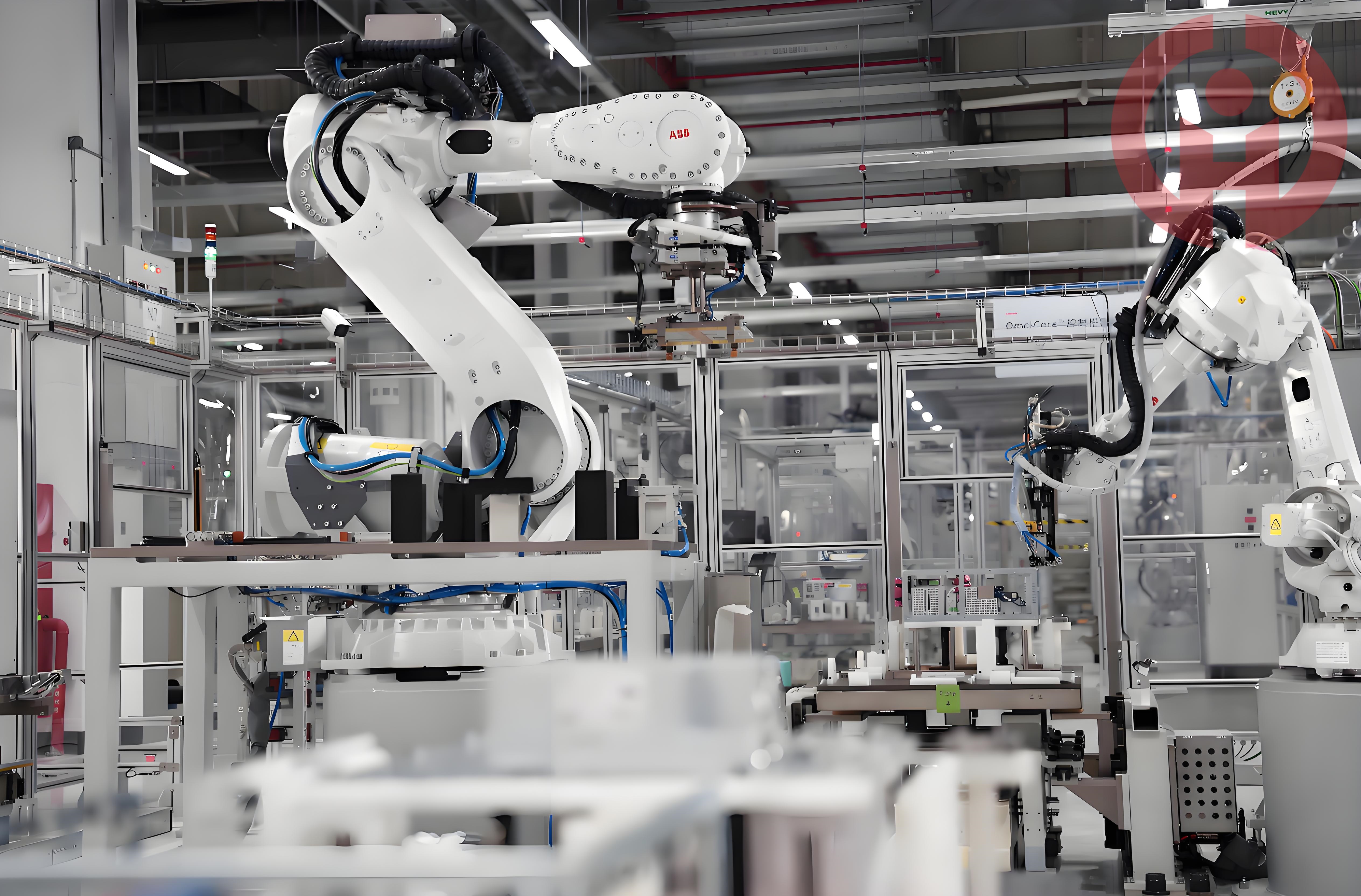

ABB industrial robots
ABB industrial robots are multi joint robotic arms or multi degree of freedom machine devices designed for the industrial field. They can be commanded by humans and run according to pre programmed instructions.
ABB industrial robots are multi joint robotic arms or multi degree of freedom machine devices designed for the industrial field. They can be commanded by humans and run according to pre programmed instructions.
Product Introduction
The ABB robot's teaching pendant is a touch screen type with only eight quick access buttons, which is one of the few among all robot teaching pendant. Its operating interface is based on the Windows system interface, making it easy to operate. All menus are truly dropdown, and the operator does not need to memorize cumbersome operating instructions. The program of the robot is in text format and can be written using a regular text editor without the need for specialized support software.
4. With a strong training system, ABB has a comprehensive training classroom and application level teacher team in Shanghai, which can develop training courses specifically tailored to customers' actual needs in use and maintenance training, helping customers become proficient in using robots in a short period of time.
Industrial robots also have the following advantages
(1) Universality. In addition to specially designed industrial robots, general industrial robots have good versatility when performing different job tasks. For example, replacing the end effectors (claws, tools, etc.) of industrial robots can perform different job tasks.
(2) Programmable. The further development of production automation is flexible start-up. Industrial robots can be reprogrammed according to the changing needs of their working environment, so they can play a good role in flexible manufacturing processes with balanced production rates for small batches and multiple varieties, and are an important component of flexible manufacturing systems.
(3) Personification. Industrial robots have mechanical structures similar to those of humans, including walking, waist rotation, upper and lower arms, wrists, and claws, and are controlled by computers. In addition, intelligent industrial robots also have many "biological sensors" similar to humans, such as skin type contact sensors, force sensors, load sensors, visual sensors, acoustic sensors, language functions, etc. Sensors have improved the adaptability of industrial robots to their surrounding environment.
Postal Code: 350300
Mobile: (+86) 15606940871
Email: zhddqjt@gmail.comAddress: Building 9, Liandong U Valley Economic and Technological Innovation Center, Yangxia Industrial Zone, Fuqing City, Fujian Province,China

Follow official account
